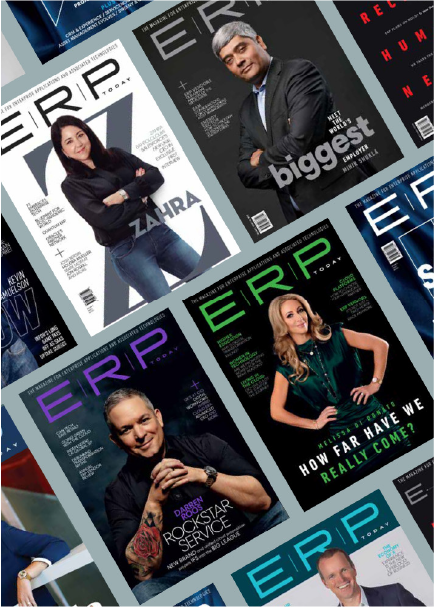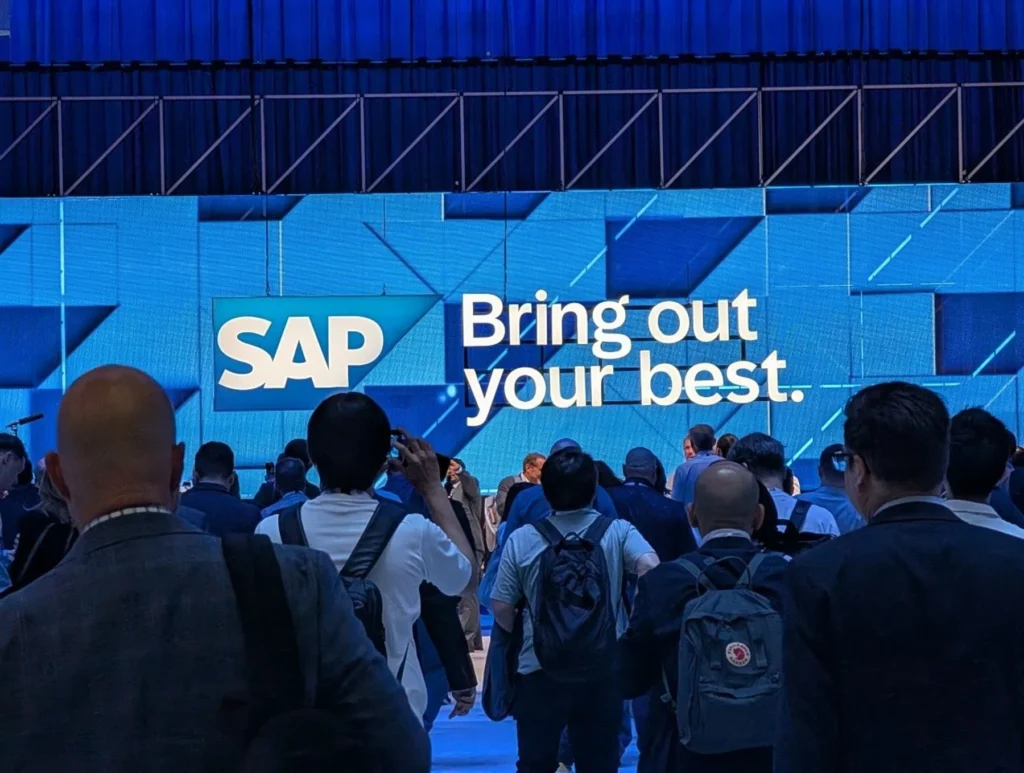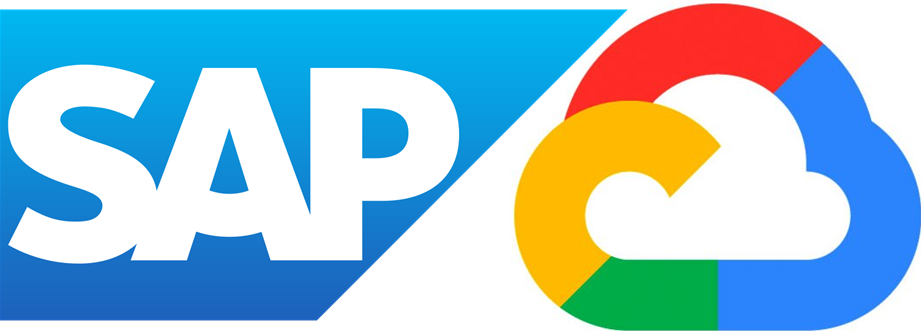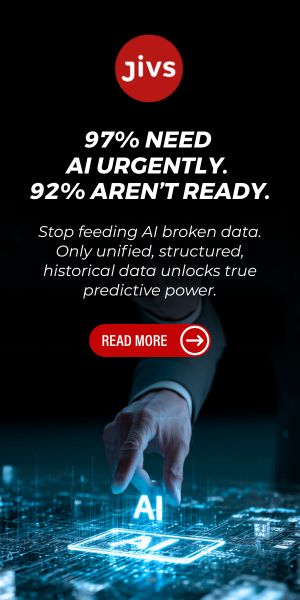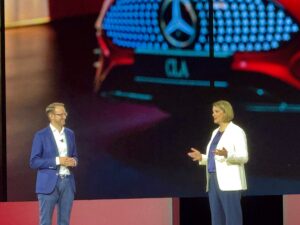 In a keynote brimming with urgency, optimism, and a touch of crowd-sourced levity (“Jurassic World” won best rollercoaster in Orlando), SAP leaders used the stage at Sapphire 2025 to paint a compelling vision: agility is no longer optional—it’s survival. SAP’s customer-centric transformation is not only reshaping its product strategy but offering bold promises to deliver measurable business outcomes. With the theme “Bring out your best,” SAP positioned itself as both co-pilot and catalyst in an enterprise world defined by uncertainty and acceleration.
In a keynote brimming with urgency, optimism, and a touch of crowd-sourced levity (“Jurassic World” won best rollercoaster in Orlando), SAP leaders used the stage at Sapphire 2025 to paint a compelling vision: agility is no longer optional—it’s survival. SAP’s customer-centric transformation is not only reshaping its product strategy but offering bold promises to deliver measurable business outcomes. With the theme “Bring out your best,” SAP positioned itself as both co-pilot and catalyst in an enterprise world defined by uncertainty and acceleration.
Thomas Saueressig, SAP Board Member for Product Engineering, opened the keynote by reminding the crowd that “the pace of change has never been this fast—and yet it will never be this slow again.” He emphasized that transformation today is the foundation for tomorrow’s resilience. “We shipped, we delivered, but we cannot stop here,” he stated, citing customers’ demand for “faster time-to-value, innovation cycles, and cost control.”
But this keynote was different. Less monologue, more dialogue. Throughout, live audience polling was used to surface concerns, with one striking result: 40% of the world’s GDP is now touched by customers using Rise with SAP. SAP Sapphire 2025 showcased a confident, customer-aligned SAP—one that understands its own complexity and is willing to rewire itself alongside its users. “The best is yet to come,” promised SAP’s new Chief Customer Officer. But for enterprise leaders, the time is now. Transform not because it’s trendy—but because today’s decisions, like SAP says, “will shape tomorrow’s resilience.”
From Legacy to Lift-Off: Mercedes-Benz, Mars, Phoenix Global
Mercedes-Benz, a symbol of precision engineering and innovation, shared how it’s tackling complexity head-on. With over 10,000 enterprise applications—1,200 of them SAP-related—CIO Cathey Lehman turned to Rise with SAP to rationalize and modernize the company’s digital core. “We grouped and tackled systems using the TIME method—transform, invest, migrate, eliminate,” she explained. More than just cloud migration, this strategy underpins Mercedes’ AI ambition, from engineering (via GitHub Copilot) to a natural-language interface for shop-floor problem solving.
“We’re leveraging AI across our entire value chain,” Lehman emphasized. “We’ve deployed our internal ChatGPT-like solution, and we’re excited to expand with SAP’s Joule and Business AI stack.”
At Phoenix Global, a metals and mining company, the transformation story was existential. After explosive growth led them into bankruptcy, new CIO Jeff Salentros spearheaded a radical reboot: eight sites replatformed in 8 months using SAP Public Cloud ERP. “We ripped out everything—paper and pen, fragmented systems—and replaced it with best-practice SAP,” said Salentros. “We’ve already returned millions through better equipment maintenance, utilization, and embedded AI.” It’s a textbook example of cloud ERP enabling not just operational agility, but financial recovery.
Mars Inc. highlighted the scaling power of SAP’s three-tier ERP strategy. The confectionery giant runs flagship brands like M\&M’s and Snickers—but it’s their newer acquisitions (True Fruit, Kind Snacks, Nature’s Bakery) that demanded a flexible ERP backbone. CIO Bill discussed how Mars deploys SAP Public Cloud for agile startups, a Rise instance for retail, and a customized S/4HANA template for its core operations. “It allows small businesses to plug in fast and scale,” he said. VP Praveen Muthuraj added, “With model-driven architecture and embedded analytics, we’ve seen huge productivity gains—especially from Joule and real-time automation.”
The Age of Agentic ERP: SAP’s Response to AI Uncertainty
Amid enthusiasm for AI, the audience revealed a common concern: data remains the biggest barrier to value realization. SAP responded with a clear direction—business-ready AI, embedded natively, governed responsibly.
With the SAP AI Foundation and Joule, SAP aims to democratize AI across finance, HR, procurement, and operations. Embedded copilots will become ubiquitous, from quality issue detection on factory floors to onboarding via natural language prompts. “This isn’t just AI—it’s agentic AI,” said Thomas, referring to SAP’s vision of interconnected, autonomous agents coordinating tasks, governance, and outcomes across the enterprise.
SAP also unveiled a new partnership with AWS, offering a “dedicated AI co-innovation fund” to accelerate industry-specific AI applications built on SAP BTP using AWS models and infrastructure. This move signals SAP’s commitment to unlocking verticalized, customer-defined AI without the technical sprawl or cost typically associated with custom builds.
Complexity: The Silent Killer of Productivity
A striking revelation came during a poll about enterprise application growth. In 2000, the average $10B company ran just 10 core applications. In 2025? Over 600. The cloud has enabled rapid adoption—but at the cost of fragmentation.
Christian Klein’s message was clear: “More technology doesn’t equal better business outcomes. In fact, global productivity growth has declined—despite SaaS explosion.” From 1995–2005, productivity grew 2.6%. From 2005–2025? Just 1.5%. SAP’s proposed antidote: an integrated, harmonized enterprise foundation, powered by Business Technology Platform (BTP), unified data models, and embedded AI.
Saueressig reinforced the point with use cases:
- BHP created $500M in value by using Signavio to orchestrate process redesign and shared services reinvention.
- Nestlé reclaimed 105M work hours by leveraging SAP Enable Now across 200+ applications.
- First Abu Dhabi Bank reduced its application landscape by 25%—streamlining cost and complexity.
What this means for ERP Insiders
Reinvent your core with fit-to-suite, not fit-to-standard. SAP’s evolution of Rise with SAP—from “fit to standard” to “fit to suite”—is more than marketing lingo. It reflects a new model of cloud ERP implementation: one that embraces tailored lifecycle orchestration, custom dashboards, and embedded AI for transformation readiness. CIOs should evaluate SAP’s new transformation prep services and explore toolchains that cut project costs by 30%—critical at a time when many SAP S/4HANA programs still run in the $100M+ range. For example, Mercedes-Benz’s use of AI-guided migration is a leading model worth emulating.
Use AI as a business lever, not a side project. SAP’s embedded Joule copilot and BTP-based agentic AI framework are designed to operationalize AI at scale, from procurement to HR. But successful adoption depends on unified data models and strong governance. Mars’ model-driven architecture and tiered ERP rollout show how to scale AI across M&A-heavy portfolios. Tech leaders should build AI competency centers and partner with SAP on use-case co-creation—particularly via the new AWS/SAP AI fund. Start with low-lift, high-impact scenarios like maintenance scheduling or finance forecasting to prove value.
Tame application sprawl—focus on integrated outcomes. The statistic that productivity has dropped despite a 60x increase in application count is a wake-up call. Instead of expanding toolsets, CIOs should consolidate workflows around unified platforms. SAP’s BTP, Signavio, and Business Data Cloud (BDC) provide foundational capabilities to align business processes, enable reuse, and simplify integration. Start by auditing your application portfolio and building a business capability map to drive rationalization. As Phoenix Global’s turnaround showed, even a complete rip-and-replace can be profitable if guided by simplicity and standardization.
